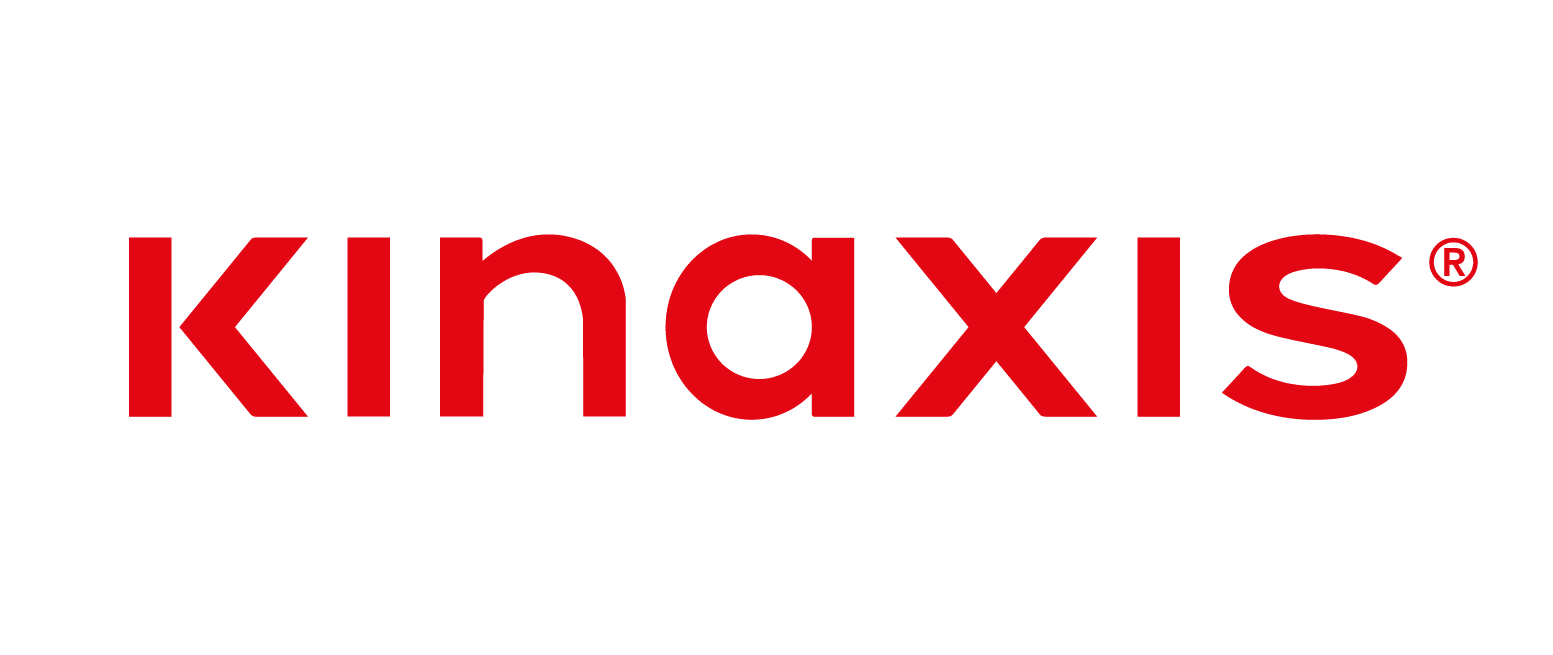 Earlier this year, ARC developed a supplier selection tool for Transportation Management Systems. The selection guide contains general guidance, around 200 specific selection criteria, ROI data, market data, and supplier profiles to help an organization’s team members make more informed, fact-based decisions. This version of the guide has been updated with extensive criteria related to routing and managing private and dedicated fleets. It can help a technology selection team find common ground, with lower risk and in far less time. Our goal in developing this tool was to have it enable the cross functional, end-to-end process of developing supplier selection criteria, sending those criteria to suppliers, getting responses, evaluating the responses, and making the final selection.
Earlier this year, ARC developed a supplier selection tool for Transportation Management Systems. The selection guide contains general guidance, around 200 specific selection criteria, ROI data, market data, and supplier profiles to help an organization’s team members make more informed, fact-based decisions. This version of the guide has been updated with extensive criteria related to routing and managing private and dedicated fleets. It can help a technology selection team find common ground, with lower risk and in far less time. Our goal in developing this tool was to have it enable the cross functional, end-to-end process of developing supplier selection criteria, sending those criteria to suppliers, getting responses, evaluating the responses, and making the final selection.
At the end of the day, the real goal was to come up with criteria that would allow a company to pick a solution tailored to its specific needs. Some companies have small and simple operations, others are big and complex, and each one will prioritize features, functions, and expertise differently. But determining what those criteria should be was no easy task. To include every possible criteria that could possibly fit to companies of every size, geography, industry, and functional expertise would be too daunting a task. Therefore, the selection guide created about 200 criteria to serve as a “starter kit.” The tool is designed to allow companies to kill criteria that don’t fit their needs, add new criteria, and weigh those criteria in whatever way makes sense. For example, criteria one is worth 10 points, criteria two is only 5 points, and each participant can prioritize them as they see fit.
The list is quite comprehensive. From a categorical standpoint, ARC has highlighted criteria across the following areas:
- Business (Market presence, Corporate presence, Strategic partnerships)
- Technology and Architecture (Operations software platform, Usability design, Mobility and telematics, Deployment design, Cost parameters, Truck routing parameters, Master data parameters, Load planning, Optimization)
- Process Functionality (Procurement, Collaborative planning, Tendering and communication, Dispatch, Gate, yard, and dock execution, Shipment tracking, Freight audit)
- Modal functionality (Parcel, Less-than-truckload (LTL), Truck management, Driver management, Truck routing parameters, Truck routing features, Air, Rail, Ocean, Documentation, Portals, Business Intelligence, Freight audit)
- Customer Support (Implementation services, Training and maintenance, Relationship enhancement services)
- Leadership (Product development)
But what does this criteria look like? Let’s take a look within the Technology section to get a better understanding of the criteria that is used. First is user interface. The description of the criteria states:
“Users should be able to do their work without having multiple screens open. Users should be able to drill into appropriate analytics from a process step, a pertinent process step from analytic data, and a distinct social media community from either. Intuitive design makes system easy enough to learn that using manuals and training videos is barely necessary. Design also reflects a design that allows power users the ability to maximize their speed and efficiency. Design reflects research into how distinct user classes (drivers, dispatchers, dock managers, customer service representatives, etc.) do their job.”
At this point, users can apply their assessment strategy to indicate whether the solution they need includes all the criteria, many of the criteria, few of the criteria, or none of the criteria provided. This enables the user to prioritize the criteria they are looking for. Also within the Technology category are portals, drag and drop, drilldown geographical planning, dashboards, analytics, business intelligence, multilingual and multiple currencies, social media, and mapping. Each one of these areas once again allows the user to apply the same assessment strategy to see which criteria are regarded as necessary.
The most intriguing part of the selection guide is that for different companies, each criteria has its own set of pros and cons. And it is not up to us to tell companies which path they should follow. These selections guides serve as a tool to help companies identify the criteria they deem most important. We are here to help explain the pros and cons of each of these different paths. And as more suppliers enter the already crowded market with new forms of optimization and interesting pricing models, the selection guides will continue to evolve to meet the ever-changing criteria needs of customers.

















Leave a Reply